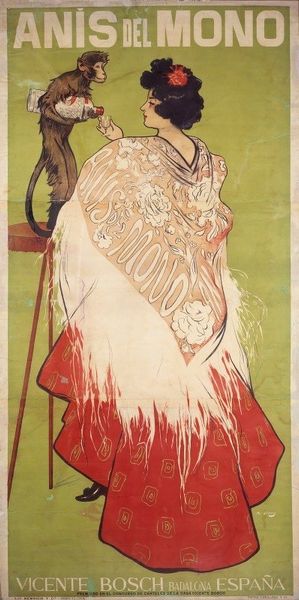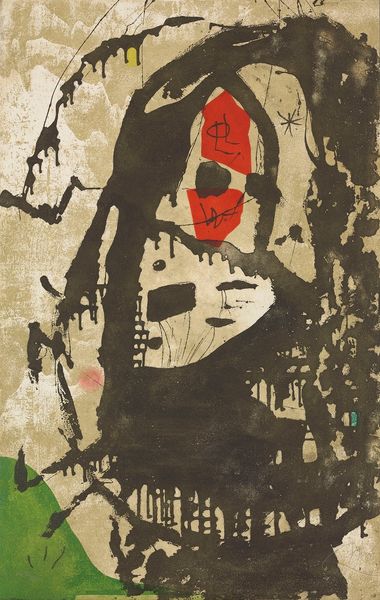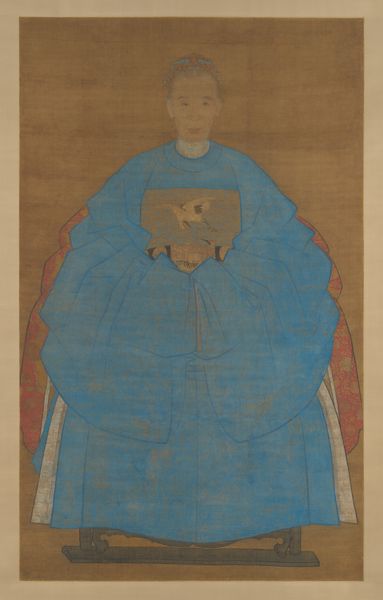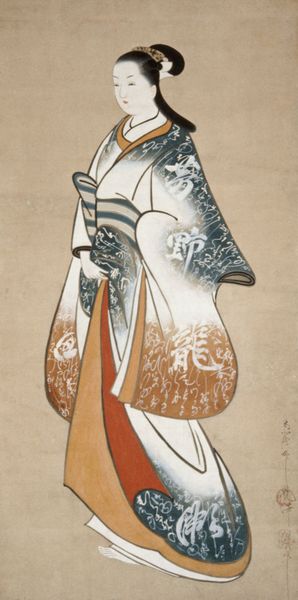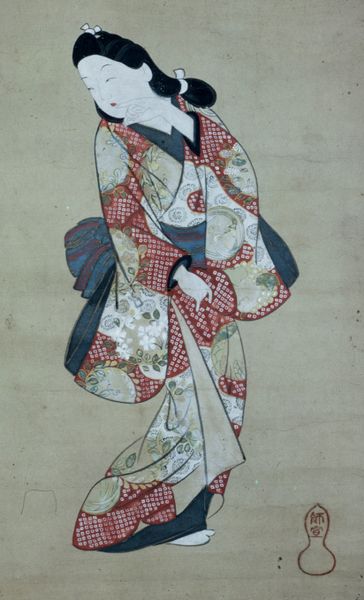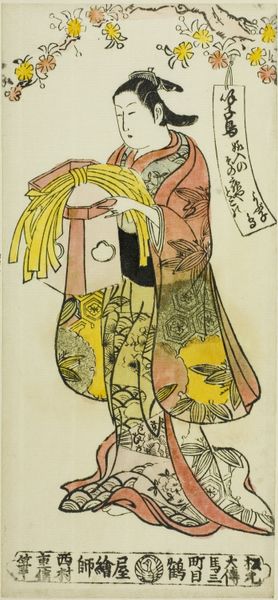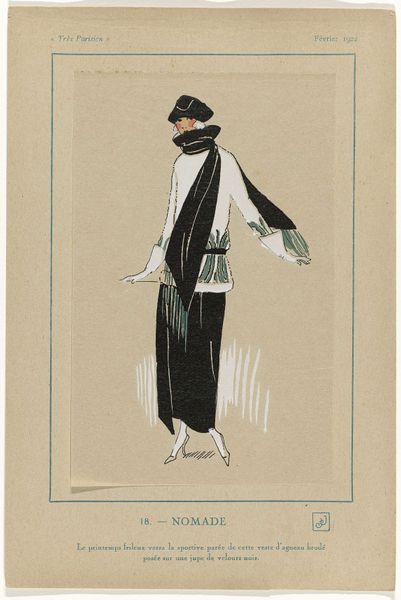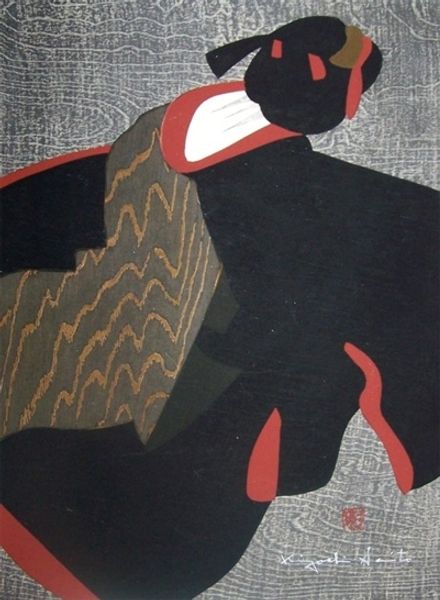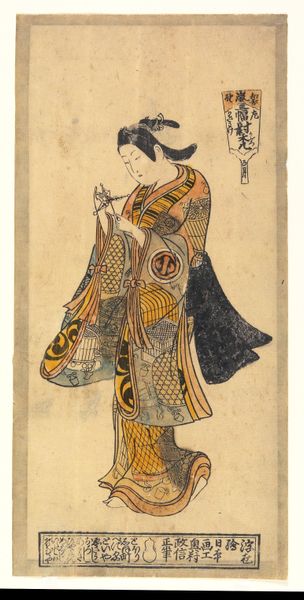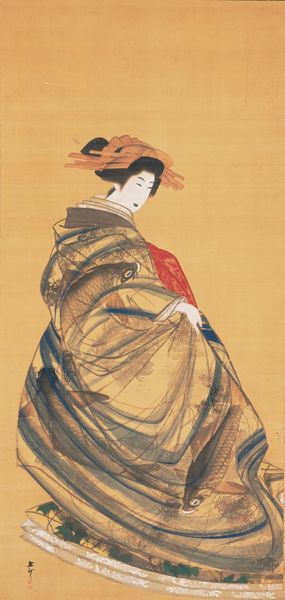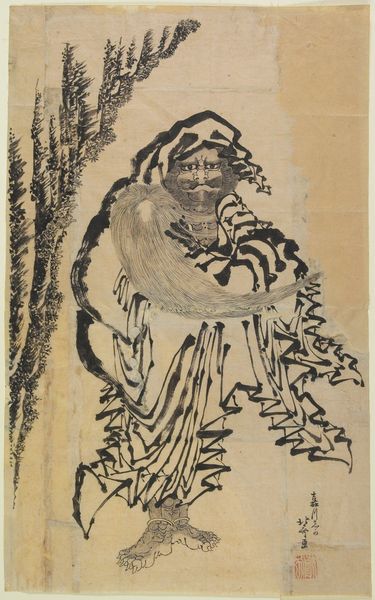
mixed-media, collage, paper
#
portrait
#
cubism
#
mixed-media
#
collage
#
caricature
#
paper
#
portrait art
#
modernism
Copyright: Pablo Picasso,Fair Use
Editor: So, this is Picasso’s "Portrait of a Lady," created in 1928 using mixed media and collage on paper. It has this unsettling feel...the way the face is fragmented and those intense colours jump out. How do you interpret this work? Curator: It’s intriguing, isn't it? Beyond the Cubist style, consider the social climate of the late 1920s. The world was rapidly changing, particularly for women. Could this fracturing be a commentary on the fragmented roles and expectations imposed upon women during this era? Consider the collage elements; are they merely decorative, or do they signify layers of identity and societal expectations? Editor: I never thought about it that way, associating the style with the political moment. What is the relation between these imposed roles and the construction of her image? Curator: Think about how traditional portraiture often idealized women. Here, Picasso seems to be dismantling that ideal, revealing perhaps the artificiality of those roles. The disjointed features, the mix of textures, all speak to a multifaceted and perhaps conflicted identity. The patterns themselves could be read as symbolic of the domestic sphere, traditionally assigned to women. Editor: That makes sense. It's like he is actively deconstructing a traditional representation of femininity by combining different media. It is an aggressive yet relevant portrayal. Curator: Exactly! And within a feminist perspective, we can see this as a radical departure from the male gaze, presenting a more complex and challenging image of womanhood. What have you noticed yourself after this brief chat? Editor: It reframed the way I see the artist’s use of fragmentation and collage as a cultural statement about women’s roles at the time. Curator: Precisely. Art offers avenues into different dimensions!
Comments
No comments
Be the first to comment and join the conversation on the ultimate creative platform.
